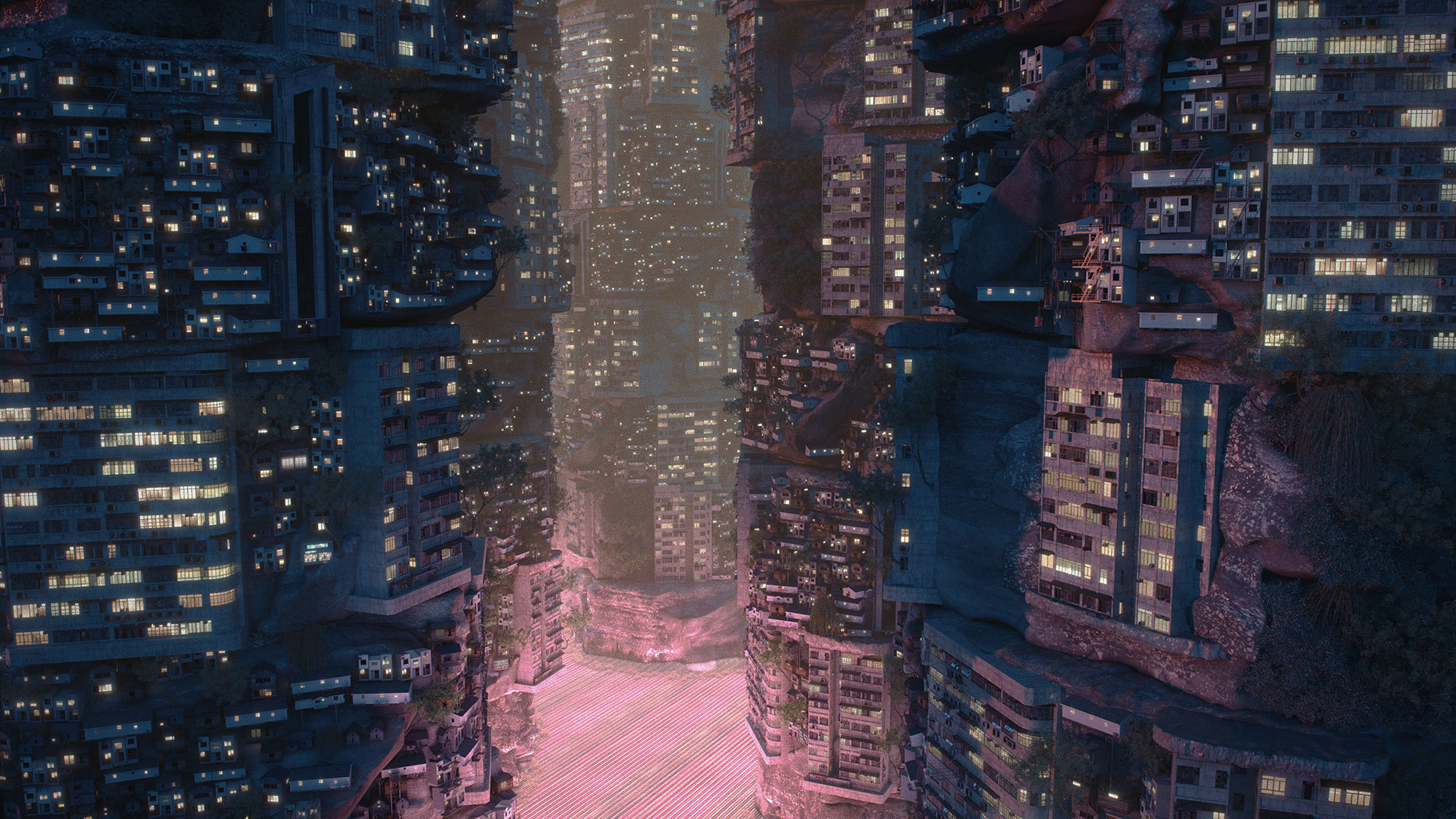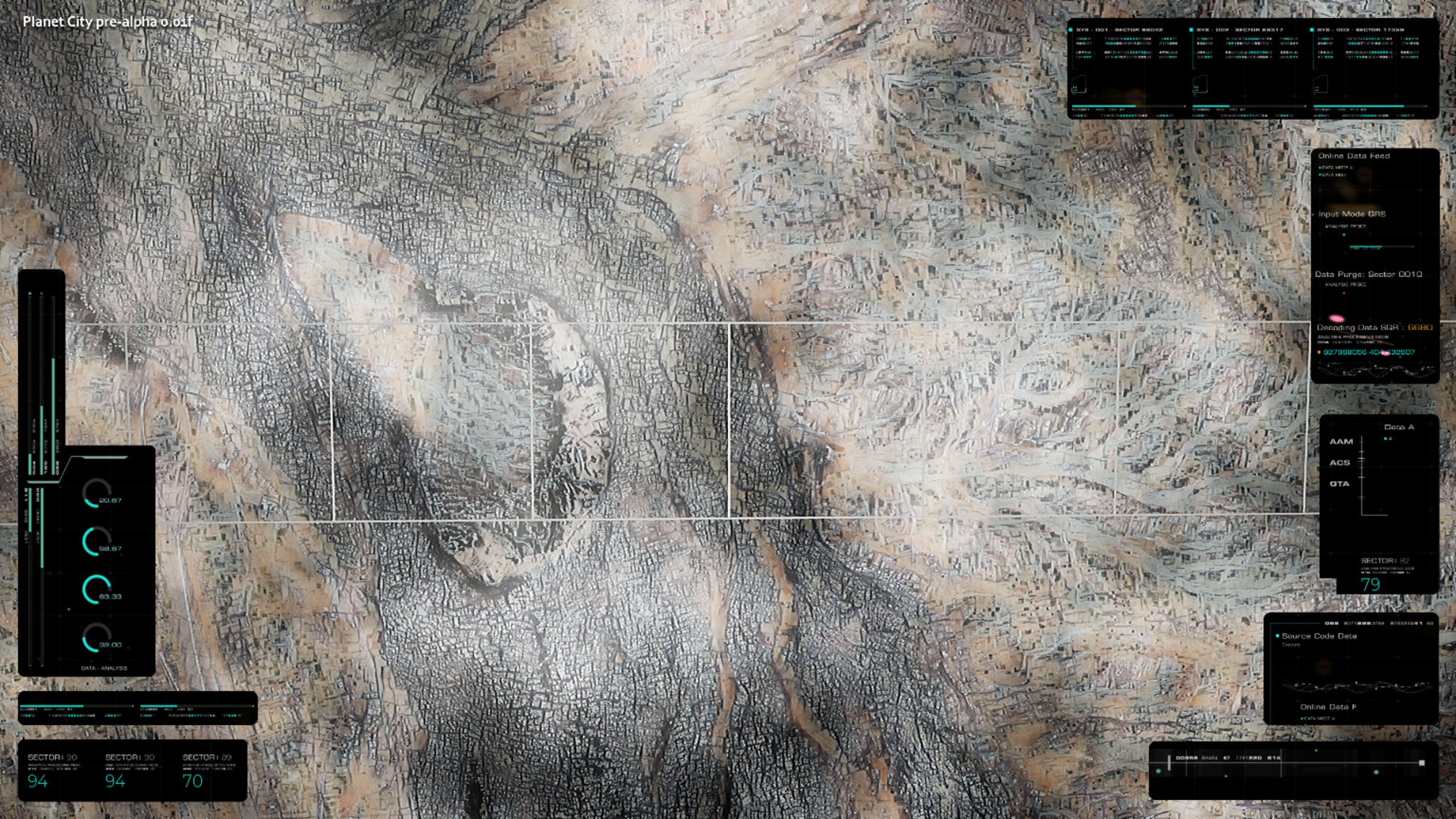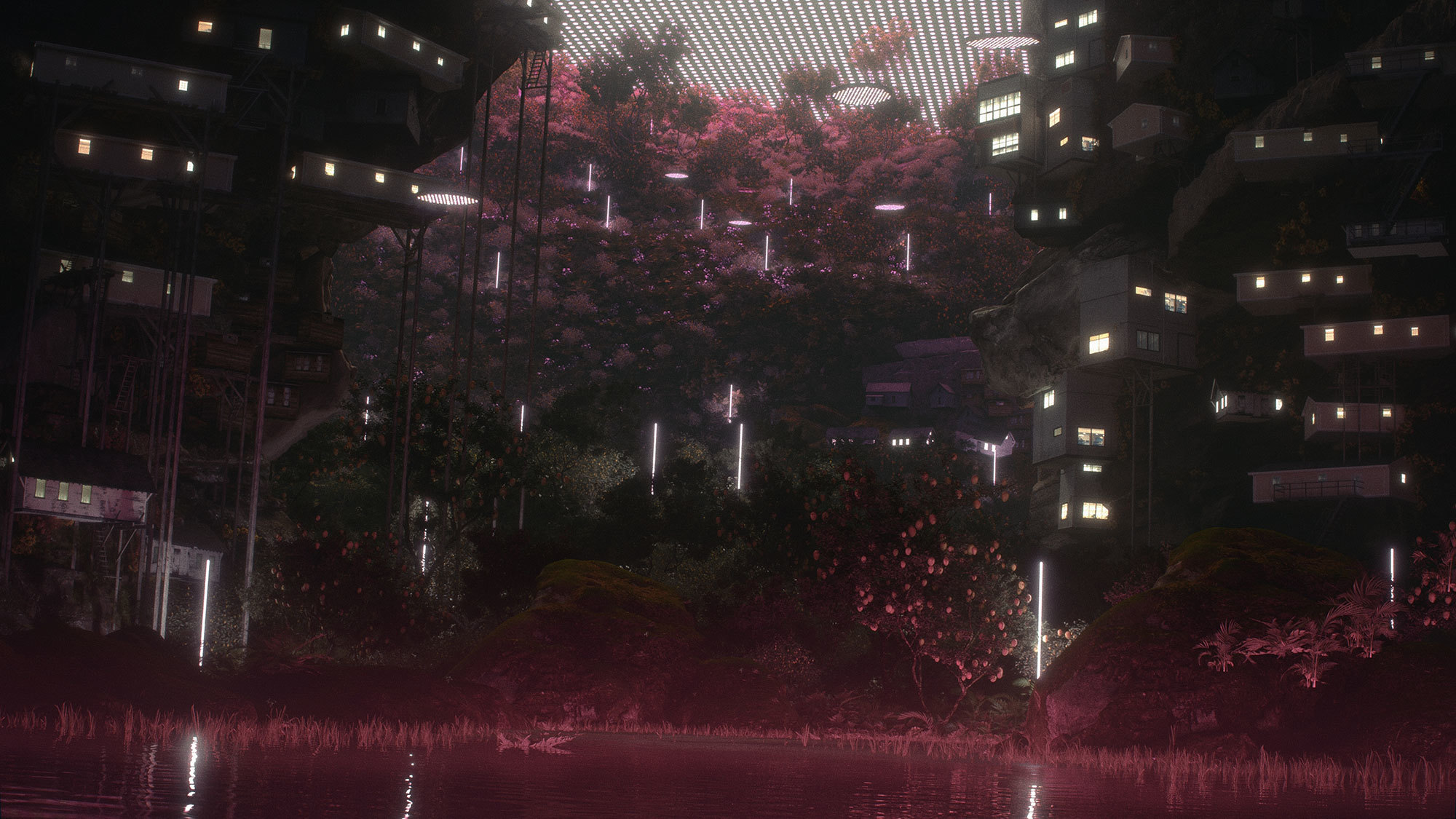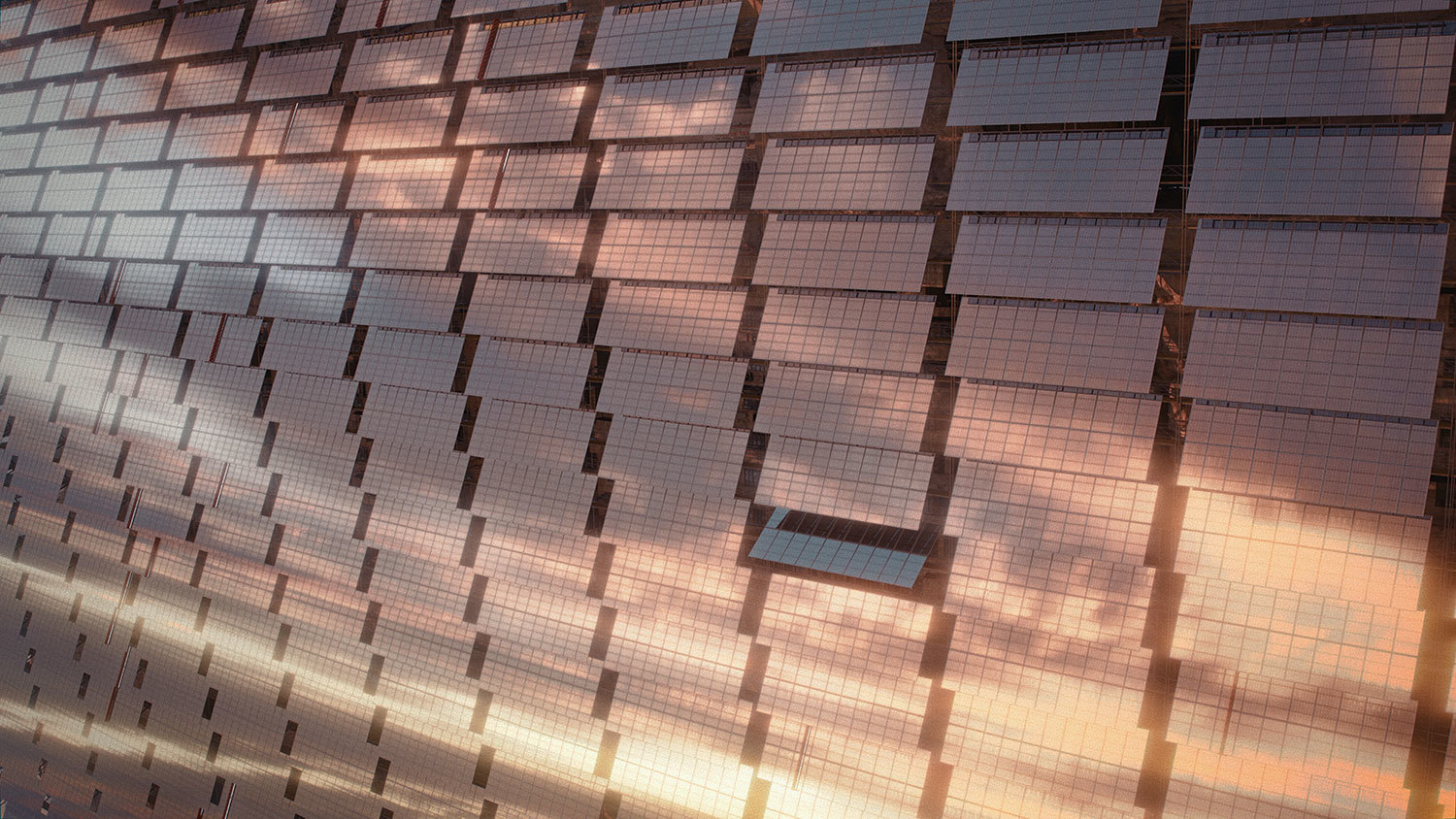The Getty Foundation Awards SCI-Arc Research Grant for Pacific Standard Time
Last Wednesday, it was announced by the Getty Foundation that SCI-Arc is one of 45 cultural and educational institutions in Southern California awarded an exhibition research grant to prepare for the next iteration of the Getty Foundation’s Pacific Standard Time art exhibition. “The region-wide collaboration will explore intersections of art and science at an unprecedented scale,” according to the Foundation’s announcement.

“The landmark series will return with dozens of simultaneous exhibitions and programs focused on the intertwined histories of art and science, past and present, that together address some of the most complex challenges of the 21st century—from climate change and environmental racism to the current pandemic and artificial intelligence—and the creative solutions these problems demand,” reads the Getty Foundation’s official press release.
SCI-Arc’s project, Views of Planet City, is based on lead curator Liam Young’s Planet City, a proposal that explores the implications of Edward O. Wilson’s “Half-Earth” proposition: in order to preserve the planet’s biodiversity and ensure the survival of life on Earth, humanity must reserve at least 50% of the planet’s land and marine areas for protection and remove them from any human use. Planet City models the scenario of the world’s entire human population retreating into a single megalopolis: a project for the next phase of civilization that allows the rest of Earth to revert to a global-scaled wilderness. Views of Planet City consists of five interrelated projects that critically and imaginatively explore the implications of this wildly speculative but somewhat plausible premise, intended to challenge dystopian visions of the future and offer an immersive, interactive experience of a possible blueprint for a sustainably urbanized planet.
“Planet City explores how centuries of colonization, globalization, and never-ending economic extraction and expansionism could be reversed to solve climate change and the exploitation of both natural and human resources” says Young, who is Coordinator of SCI-Arc’s groundbreaking Fiction and Entertainment postgraduate program.
Views of Planet City, now underway, encompasses a range of explorations that engage students and faculty with globally influential scholars, artists, scientists, and technologists, beginning with Young’s framing conceptualization of Planet City through an architectural grand tour of large-scale infrastructures showing the first intimations of a planet city already in the making: massive solar farms, super-tech lettuce fields, the world’s largest freshwater dam—these are the modern wonders of the built environment, hiding in plain sight, on the periphery of our cities, yet inaccessible, but with a potential that is fundamental to our future.
Planet City Simulator is one of the projects that comprise SCI-Arc’s Views of Planet City. It is a simulation game that uses Unreal Engine and machine learning to generate a continuously evolving, interactive 3D model of a single city designed to house 7.5 billion people being developed by M. Casey Rehm and Damjan Jovanovic. Says Jovanovic of his and Rehm’s contribution to the project, “In order to imagine and model the scale and complexity of E.O. Wilson's City, we go beyond maps and diagrams and into the realm of video game simulation. The Simulator is both an interactive model of complex urban conditions, and a new narrative structure for architectural worldmaking.”

Angelica Lorenzi’s Post-Nature is a research project that, through documentation of spontaneously evolving post-natural spaces, reflects on their significance within the urban context of Los Angeles and speculates on the sum impact of such spaces on the Earth’s biodiversity, beyond the direct physical footprint of urbanization. "With this project I’m exploring the future condition of the other half of the Earth, the one that remains uninhabited and has a chance to become wild again,” adds Lorenzi. “I wonder what wilderness means today, and if it makes sense to hope for uncontaminated nature at all. Drawing inspiration from Gilles Clement's Third Landscape, we realize that we are constantly faced with an ecosystem that clashes, overlaps and ends up mixing together natural and artificial elements. Inseparable from each other, their conjunction is particularly successful in neglected areas, which do not fall under the attention of mankind. Los Angeles presents itself as a perfect field of research, populated by terrain vague living in a latent state that leaves them open to a new potential. Could this become a model on a planetary scale?"
John Cooper’s Planet City Constitution speculates on forms of social-spatial practice that might be provoked by massive, ultra-centralized governmentality and seeks to locate “constitutionalizing pathways” towards resilient collectivist futures. “I think the way to imagine future existence after total planetary displacement is to work and think with communities that already exist in a condition of displacement—and have established autonomous forms of existence beyond the state,” explains Cooper, as he asks: “Can we learn from neo-Zapatistas in Chiapas, mutual aid communities in downtown LA, anarchists in the Autonomous Administration of North and East Syria how to radically reconstitute space and society along new lines?”
Finally, Pale Blue Dot, being developed by Jennifer Chen, repurposes the remote sensing systems that have been developed to measure the earth’s climate systems to speculate on the long-term effects of Planet City as a geoengineering strategy. “Carl Sagan in describing Earth as the pale blue dot rammed home the fragility of ‘the only home we’ve ever known,’” comments Chen. “It also demonstrated the power of seeing our planet from afar, from space. Remote sensing gives us the view of the earth from a different perspective, this project seeks to go beyond understanding our planet scientifically, not only to use remote sensing as a speculative medium but also to imagine the story of our lives in a way that the graphs and charts cannot.”

Views of Planet City is included among a distinguished list of noteworthy projects focusing on a wide range of topics such as artificial intelligence, space exploration, and biomedical technologies along with more urgent issues such as global health, climate crises, and social justice.
“Exploding and amplifying the relationship between art and science, inventing worlds that are unexpectedly strange, hopeful, and sometimes sublime, is what we do at SCI-Arc every day. It’s our contribution to the kind of work that has put LA on the map, culturally speaking” says Erik Ghenoiu, SCI-Arc’s Head of Research and Faculty Director of the Urban Pasts and Futures Lab. “When one of us has an idea as compelling as Liam Young’s Planet City, it provides fertile ground for the whole institute to pitch in to imagine the collective future that it might offer for us all.”

In an era that will historically be defined both by art and science, and during a time in which cultural survival is precarious, the choice to direct support to institutions that contribute indelibly to the landscape of Southern California is an important and buoying one. “From alchemy to anatomy, and from botanical art to augmented reality, art and science have shared moments of unity, conflict, and mutual insight,” according to the Getty Foundation’s release. “It feels like a very important moment to us,” Getty Foundation Director Joan Weinstein said. “Being part of PST is also being part of a community. And in this current crisis we’re not going to have a resilient community without this network of museums, large and small, working together.”
A complete list of Pacific Standard Time: Art x Science x LA participants can be viewed on the Getty Foundation’s website:
http://www.getty.edu/foundation/initiatives/current/pst/grants_awarded.html
